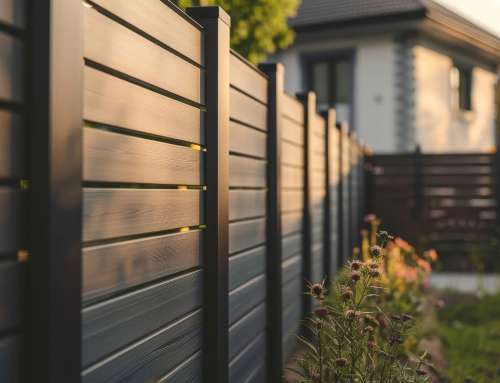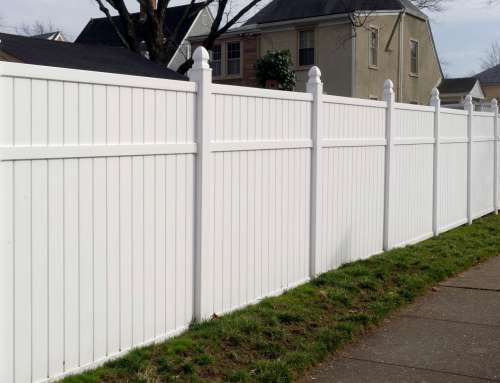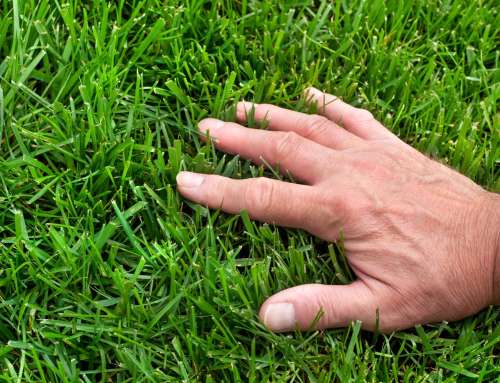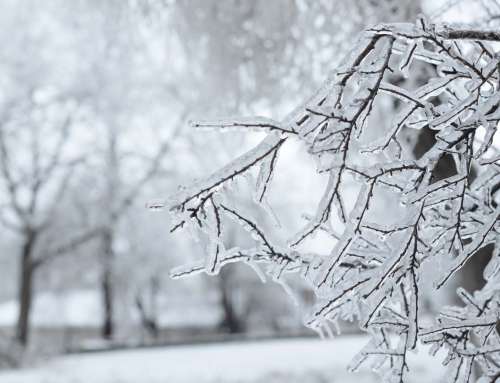When temperatures rise above 86 degrees, many plants will suffer from heat stress. Most plants grow best in temperatures ranging from 59 to 86 degrees Fahrenheit. When temperatures rise above 90 degrees for long periods, extreme air and soil temperatures slow down chemical activity and plant growth. Outdoor plants can suffer heat stress, which is visible by the following:
- Leaf rolling and cupping: Minimizes the leaf surface, closing off the movement of moisture.
- Wilting of leaves: Creates a lack of water pressure within the plant.
- Dry leaf edges: A survival mechanism.
- Blossom and fruit drop: Allowing the plant to conserve resources for parts of the plant necessary for survival.
To reduce heat stress, do the following:
- Water well and deeply during the cool part of the day (after sunset or early morning). Deep watering at the base of the plant for a long time is the best way to revive and protect plants.
- Mulch conserves moisture in the soil by slowing evaporation and minimizing soil temperature fluctuations.
- Shade, because plants get sunburn too. Since you cannot put sunscreen on their leaves, shield plants with a beach umbrella, an airy shade cloth, or even a plain white sheet. Make sure your screen allows air to circulate freely around the plants and avoid a dark colored cloth (it absorbs heat).
- Weed to reduce competition with garden plants for water and nutrients.
Do Not
- Do not fertilize during periods of intense heat, inducing new growth is not ideal.
- Do not remove damaged foliage. Brown leaves and branches will serve as protection against additional damage.
- Do not prune since this adds to the plant’s stress. Let them grow and prune when it is cooler outside.
- Do not overwater. If soil feels damp an inch or so under the ground, you do not need to add more moisture.
To avoid your garden plants from suffering heat stress, there are plants that are tough and durable enough to thrive through the roasting summer months. These plants are “drought tolerant” and don’t require much water. Some sun-loving plants like succulents and cacti are well adapted to high temperatures. You can save money on watering, invest less maintenance, and enjoy a greener yard with drought-tolerant plants.




